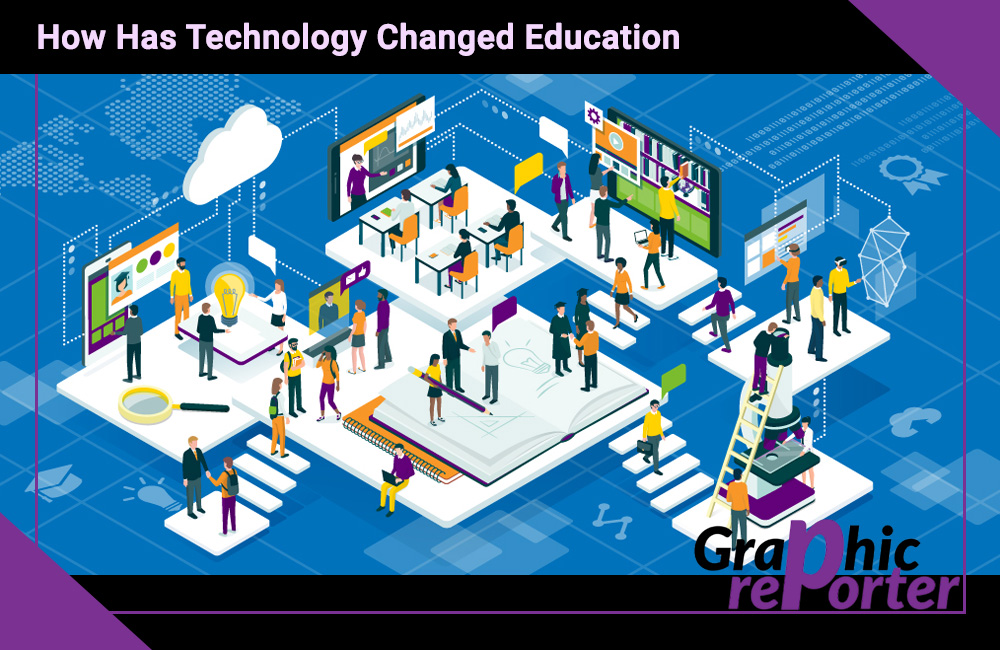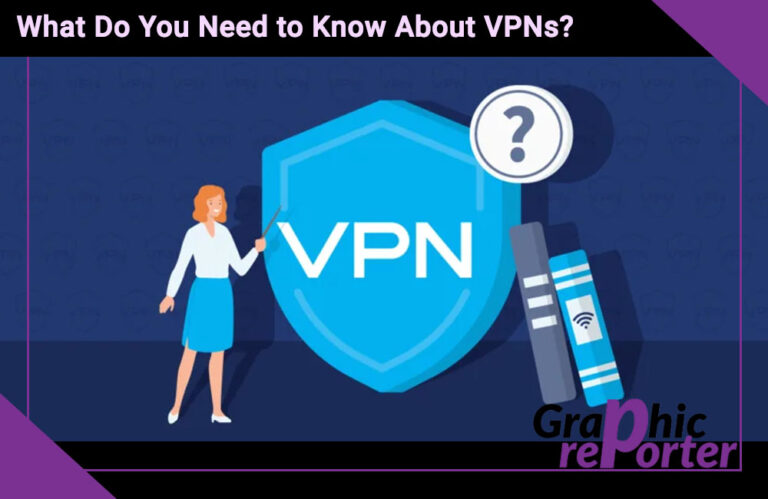How Has Technology Changed Education

Technology has revolutionized education by transforming traditional methods of teaching and learning. Technology integration into education has allowed for a more personalized and engaging learning experience, increased access to education, and improved communication between teachers and students.
In this article, we’ll delve into some of the ways that technology has impacted education.
Table Of Contents
Online Learning Platforms
Online learning platforms such as Coursera, Udacity, and edX have made education more accessible. These platforms offer vast courses and degree programs that can be accessed from anywhere worldwide. It has opened up opportunities for students who cannot attend traditional brick-and-mortar institutions due to geographical, financial, or time constraints. Online learning also allows students to learn at their own pace, making education more accessible to working adults.
If you struggle while learning your courses and require prompt submission of your essay or research paper, it would be beneficial for you to read myassignmenthelp.com reviews. Even though the service may have a low rating and you may have concerns about the credibility of your work, you can still utilize the website to access reviews of other content services which can assist you in achieving perfection in your writing.
Assessment and Feedback
Technology has revolutionized how students are assessed and provided with feedback in education. The use of digital assessments, like online quizzes and exams, has made it easier for teachers to grade and provide feedback on student work. This technology has enabled teachers to provide more detailed and timely feedback to students, which can help them improve their performance.
If you’re languishing to write your essay and have yet to receive a grade, perusing through the site’s collection of free essay examples covering a wide range of topics may be beneficial. Additionally, with the help of this website, you can achieve a high score and feel a sense of satisfaction as you review your digital journal.
Digital assessments have several advantages over traditional paper-based assessments. One of the primary benefits is the speed at which they can be graded. Online quizzes and exams are automatically graded, eliminating the need for teachers to spend hours grading papers. It means that students receive their grades and feedback more quickly, which can help them to stay motivated and engaged in their coursework.
Interactive Learning
Technology has transformed how students engage with learning materials; educational apps are a great example. Educational apps like Duolingo, Quizlet, and Kahoot! Offer a variety of interactive features that make learning more engaging, motivating, and fun.
Many educational apps offer interactive lessons allowing students to engage more hands-only with the material. For example, language learning apps like Duolingo enable students to practice their language skills through interactive exercises, such as matching words to pictures and translating sentences. These exercises provide instant feedback and help students to retain the material better.
Personalized Learning
The use of technology in education has made it easier for teachers to provide personalized instruction to students. Learning management systems like Blackboard and Canvas have enabled teachers to create custom learning plans, track student progress, and provide feedback on assignments and assessments. This technology has enabled teachers to provide more targeted instruction, ensuring each student gets the support they need to succeed.
Teachers can use these systems to create individualized plans for each student, considering their strengths and weaknesses. This personalized approach to learning can help students stay motivated and engaged as they work on material tailored to their specific needs.
Digital Textbooks
Digital textbooks have replaced traditional books in many schools and colleges. Digital textbooks are more affordable, accessible, and portable than conventional textbooks. They also offer interactive features such as videos, animations, and quizzes that enhance the learning experience. Digital books can be updated easily, allowing students to receive the most up-to-date information.
One of the most significant benefits of digital textbooks is their affordability. Traditional books can be expensive, and students may need multiple textbooks for each course. Digital books are often much more affordable, and many are free. It has made education more accessible to students who may not have been able to afford traditional textbooks, particularly those from low-income families.
Conclusion
In conclusion, technology has transformed education in numerous ways. From online learning platforms to interactive learning, technology has created a more accessible, personalized, and engaging learning experience for students. Technology has also made assessments and feedback more objective and efficient, helping students to receive detailed feedback on their work promptly. These advancements have opened up opportunities for students who may not have had access to traditional education methods, making education more accessible and affordable. As technology advances, we can expect even more innovations that will continue to shape the future of education.


![How To Use iMessage On Android And Windows In 2023 [Guide]](https://graphicreporter.com/wp-content/uploads/2022/08/How-To-Use-iMessage-On-Android-And-Windows-768x499.jpg)



